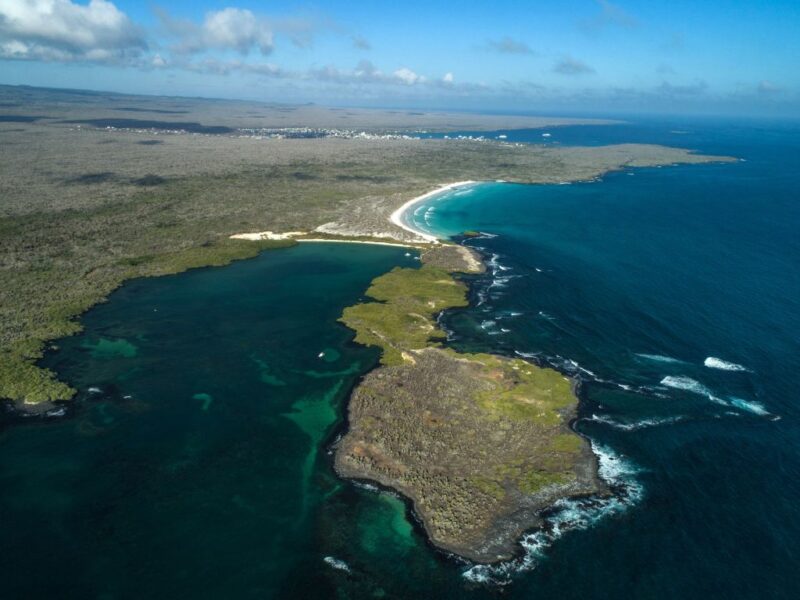‘Pristine’ Coral Reef Discovered In the Galápagos Islands
A scientific expedition off the coast of the Galápagos Islands has discovered a previously unknown coral reef. Containing over 50 percent living coral, the find was unexpected, as the team believed just one reef had survived the El Niño weather event of 1982-83.
The coral reef was discovered between 500 and 700 meters below sea level, with some parts being found as low as 8,000 meters. The majority, however, is close to the water’s surface. The area has been protected since 1998, meaning it’s experienced little-to-no damage from humans.
On Twitter, Ecuador’s Environment Minister José Daválos wrote, “Once again #Galapagos surprises us! Scientific expedition into the depths discovers first completely pristine coral reef, approximately 2 km long, about 400 meters on top of a seamount, with abundant marine life. Thank you.”
A deep water scientific expedition has found the first totally pristine coral reef, approximately two kilometers long, at 400 meters, on the summit of a submarine mountain. Galápagos has surprised us again.”
He added in a separate statement:
“This is encouraging news. It reaffirms our determination to establish new marine protected areas in Ecuador and to continue promoting the creation of a regional marine protected area in the Eastern Tropical Pacific. The richness of the yet explored depths of our ocean is another reason to strive towards achieving the commitments of the Global Ocean Alliances 30×30, which aims to protect at least 30 % of the world’s oceans by 2030.”

For decades, scientists believed the only reef to survive the 1982-83 El Niño event was the Wellington Reef. During that season, shallow reefs were destroyed by the sudden increase in ocean temperatures.
The new reef, discovered by the Galápagos Deep Expedition 2023 team, is believed to be several thousand years old. Spanning several kilometers, it comes to an end at an underwater mountain, itself created by a volcano. According to researchers, the site has been under study for over 20 years, and the latest expedition aims to map and take samples from the ocean floor.
“This is very important at a global level because many deepwater systems are degraded,” Stuart Banks, senior marine researcher at the Charles Darwin Foundation, told CNN. Speaking separately with Global News, he added, “There’s a whole new hidden system. It’s an important habitat, and it’s been there for a very long time.”
¡Nuevamente #Galápagos nos sorprende! Expedición científica en las profundidades descubre primer arrecife de coral totalmente prístino, de aproximadamente 2 km de extensión, a unos 400 metros en la cima de un monte submarino, con abundante vida marina. Gracias #GalápagosDeep2023. pic.twitter.com/ld0cslL9yY
— José Dávalos (@ja_davalos) April 17, 2023
Coral reefs are important underwater ecosystems that promote the growth of marine life. According to the BBC, Australia’s Great Barrier Reef, for example, is home to 4,000 different types of molluscs, 1,500 fish and six species of sea turtles.
On top of this, extracts taken from reefs are used in modern medicine, and the underwater coral serves as a natural barrier along shorelines. Capable of absorbing as much as 97 percent of a wave’s energy, this is important for earthquake- and tsunami-prone locations.

More from us: ‘I Didn’t Want to Come Out’ – Spanish Woman Emerges From Cave After 500 Days
The Galápagos Deep Expedition 2023 team has since nicknamed the new discovery “Croissant Coral.” They will continue to examine the site, which they’ve deemed particularly important due to the decline of the world’s reefs from coral bleaching and climate change.





